Discover 11 hidden attractions, cool sights, and unusual things to do in Albano Laziale (Italy). Don't miss out on these must-see attractions: Collegiata di Santa Maria Assunta, Albano Cathedral, and Civic Museum. Also, be sure to include Chiesa Santa Maria della Rotonda in your itinerary.
Below, you can find the list of the most amazing places you should visit in Albano Laziale (Lazio).
Table of Contents
Collegiata di Santa Maria Assunta
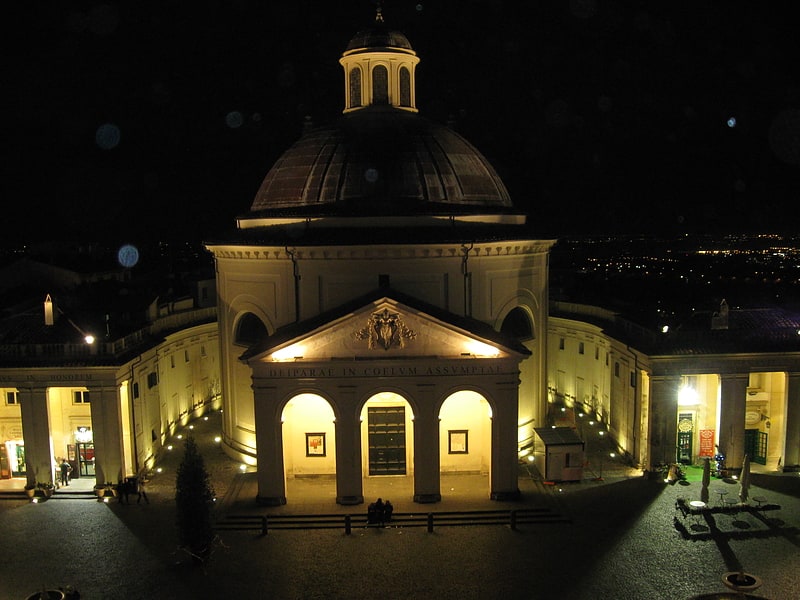
Catholic church in Ariccia, Italy. Santa Maria Assunta is a Roman Catholic parish church designed in 1661–1665 by Gianlorenzo Bernini; and located in the center of the town of Ariccia, Italy, where it stands across a piazza from the Palazzo Chigi Ariccia, once belonging to the family of Pope Alexander VII, Bernini's patrons in the construction of this church.[1]
Address: Via Ippolito 4, 00072 Ariccia
Albano Cathedral
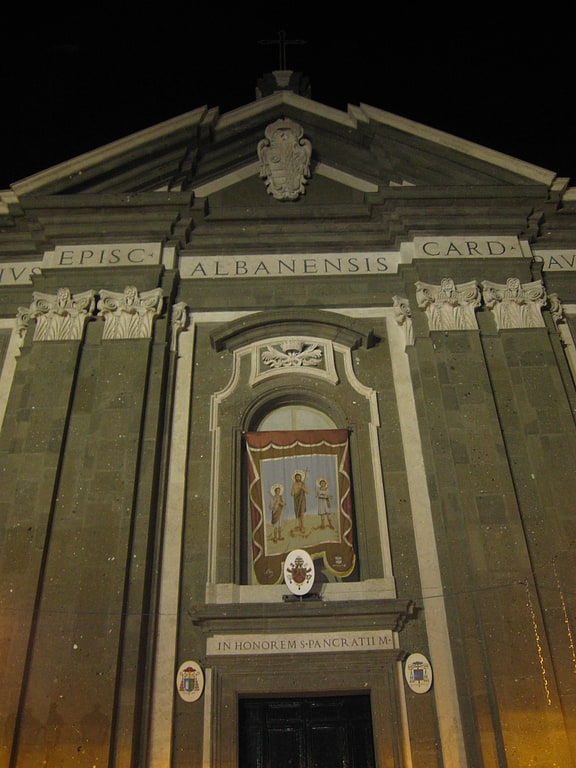
Also known as: Cattedrale di San Pancrazio
Cathedral in Albano Laziale, Italy. Albano Cathedral is a Roman Catholic cathedral in the city of Albano Laziale, in the province of Rome and the region of Lazio, Italy. It is the seat of the Suburbicarian Diocese of Albano.
The present cathedral building was consecrated in 1721, but stands on the site of a much older basilica, dedicated to Saint John the Baptist, founded by Constantine the Great. Pope Leo III (d. 816) built a new cathedral on the site and changed the dedication to Saint Pancras, as it now is.[2]
Civic Museum
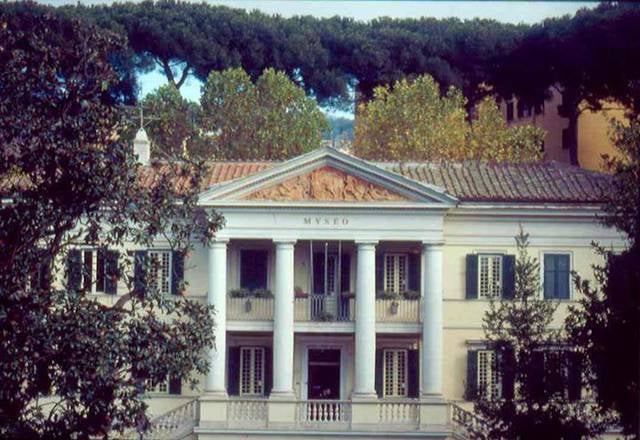
Also known as: Museo Civico
Top attraction, Museum
Address: Viale Risorgimento, 3, Albano Laziale
Chiesa Santa Maria della Rotonda

The shrine of Maria Santissima della Rotonda, formerly known as Santa Maria Maggiore, is an important Marian shrine in Lazio, located in the city of Albano Laziale, in the province of Rome, in the Castelli Romani area.
The shrine occupies an ancient round building of Roman construction dating back to the 1st century, which can be traced to Domitian's villa at Castel Gandolfo, and was formerly a nymphaeum or, according to other hypotheses, a temple. The building was converted to Christian use at the time of Constantine the Great or in the period between the 9th and 11th centuries.
Probably run in the first centuries of its existence by religious of the Byzantine rite, it was governed by Augustinian nuns from the 14th century until 1444 and was later assigned to the Girolaminian religious of the basilica of Saints Boniface and Alexius on the Aventine in Rome, who held it until 1663, when the shrine was purchased by the suburbicarian diocese of Albano for the purpose of installing the bishop's seminary there. Between 1708 and 1799, the direction of the seminary and the shrine passed to the Scolopian fathers. Since then, the shrine has been diocesan property and is attached to the parish of the cathedral basilica of San Pancrazio. Today it is listed among the protected architectural monuments of Latium.
Palazzo Chigi
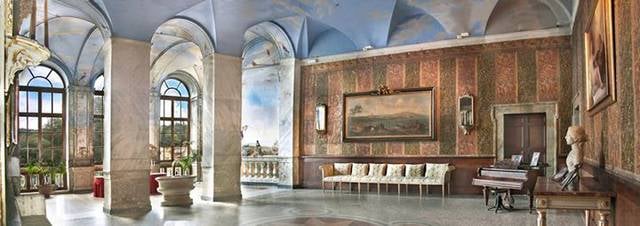
Historical place, Museum, Forts and castles
Address: Piazza di Corte 14, 00040 Rome
Chiesa San Pietro
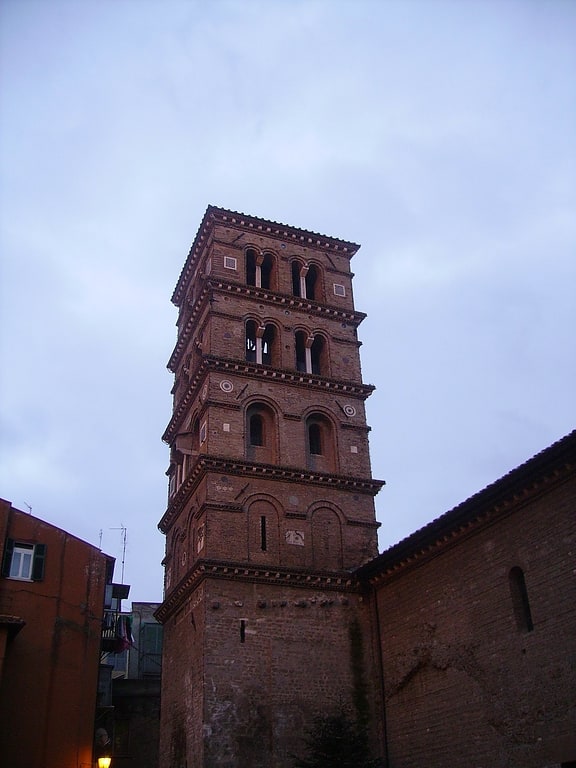
The parish church of St. Peter the Apostle is a Catholic place of worship in Albano Laziale, a town in the suburbicarian see of Albano in the province of Rome.
The foundation of the church is very ancient, as indeed the very choice of the titular saint would testify: St. Peter in fact is said to have been, according to local tradition, the evangelizer of Albano Laziale, in the first century.
The earliest record of the church's existence goes back to the Vita Leoni papae by Anastasius Librarius, according to whom Pope Leo III had the roof of the church of St. Peter's in Albano, which was falling in place, restored.
The church bell tower is Romanesque in style and dates from the 12th century. At the back is the iuspatronatus chapel of the Savelli family, feudal lords of the place, who imposed their protection on the church from the 15th century until 1697.
This ancient church, commissioned by Pope Ormisda (514-523 AD), was carved out of a large hall belonging to the Roman baths built by the Roman emperor Caracalla.
The most important of the many restorations took place in the late Middle Ages (12th century), while in the 14th century a series of alterations were made, traces of which still remain today, such as the double-sloping ogival arch with marble corbels and columns, placed above a door on the western side of the church.
The Savelli family, in 1440, took possession of the church. In the chapel, now destroyed, they buried some of their family members there.
The princely tombs are now visible in the interior of the church; marble entablatures from the Severan period are also preserved here, transformed into altars or balustrades.
Some of the walls still retain frescoes, such as the one placed in a niche of the Virgin of the Sign from the Byzantine period and the larger one depicting St. Margaret and St. Onofrio, which can be dated roughly between the 13th and 14th centuries.
The large 16th-century altarpiece depicts the handing over of the keys to St. Peter. Eighteenth-century banners are also present.
On the eastern exterior side of the church, two marble friezes from the Roman imperial period are reused as portal jambs.
San Paolo Apostolo
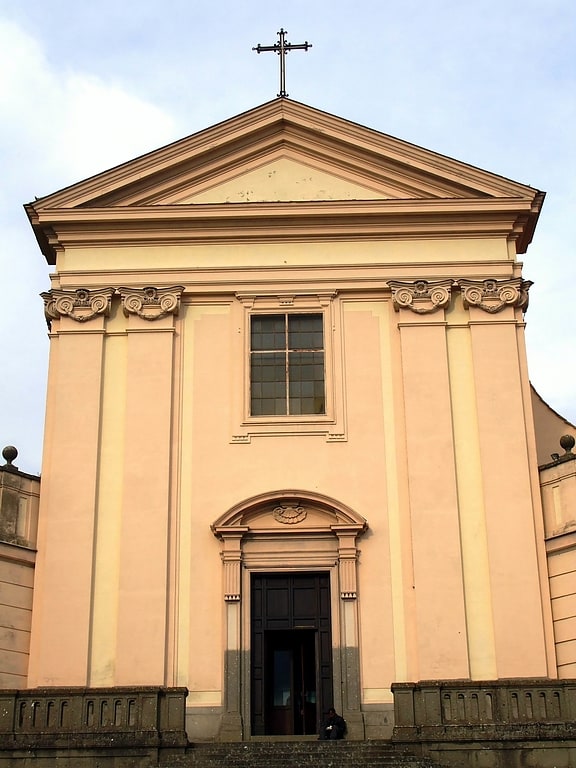
St. Paul's Church, elevated since 1999 to the Shrine of St. Gaspar del Bufalo, is a Catholic place of worship in Albano Laziale, in the province of Rome in the Suburbicarian See of Albano.
The church houses the relics of St. Gaspar del Bufalo, founder of the Congregation of the Missionaries of the Precious Blood venerated by many faithful, making this shrine one of the main pilgrimage centers in Latium and Italy.
Adjacent to the church is the majestic College of the Precious Blood where, in an atmosphere of silence and serenity young laymen are preparing to spend a year of discernment before entering the major seminary of missionaries. Next to this large complex are also the ancient Roman Cisternoni, a large Roman cistern measuring about 30 x 50 meters that is one of the symbols of the town.
The two structures were built around the year 1282, in their own grounds, by Cardinal Giacomo Savelli, later to become pope under the name Honorius IV. In 1710, the painter Gaspar Van Wittel, on the occasion of Pope Clement XI Albani's visit to Albano, portrayed the church and the adjoining convent in a splendid canvas (now in the Pitti Museum in Florence).
In 1769, Cardinal Marcantonio Colonna completely restored the entire complex, modifying it in part, especially in the interior of the church, where there is a rather reworked Baroque taste, while the facade denotes a 19th-century neoclassical style.
Among the seventeenth- and eighteenth-century canvases in the building, placed near the altars, the one behind the main altar stands out, depicting the anointing of St. Paul, a late seventeenth-century work by a painter belonging to the school of Pietro da Cortona. The vault of the nave is decorated with a 19th-century fresco, attributable to Gagliardi, who was very active in Albano at that time.
Church of St. Nicholas
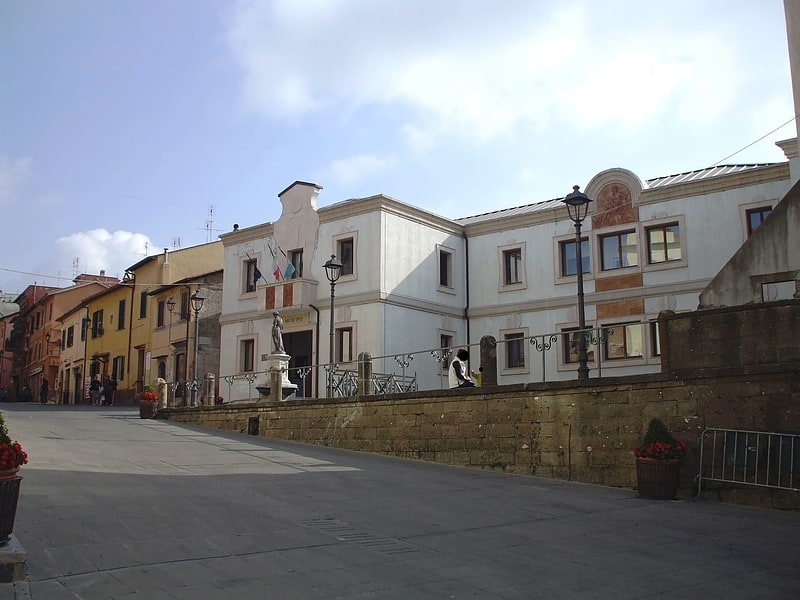
Also known as: Chiesa di San Nicola
The Church of St. Nicholas of Bari was a Catholic place of worship in the municipality of Ariccia, in the Castelli Romani area of Rome province. Since November 2008 it has housed a municipal theater space. It is adjacent to the vast former college of St. Nicholas, formerly the site of the local college of the Congregation of the Fathers of Christian Doctrine, and currently the municipal seat of the Municipality of Ariccia.
Terme di Caracalla
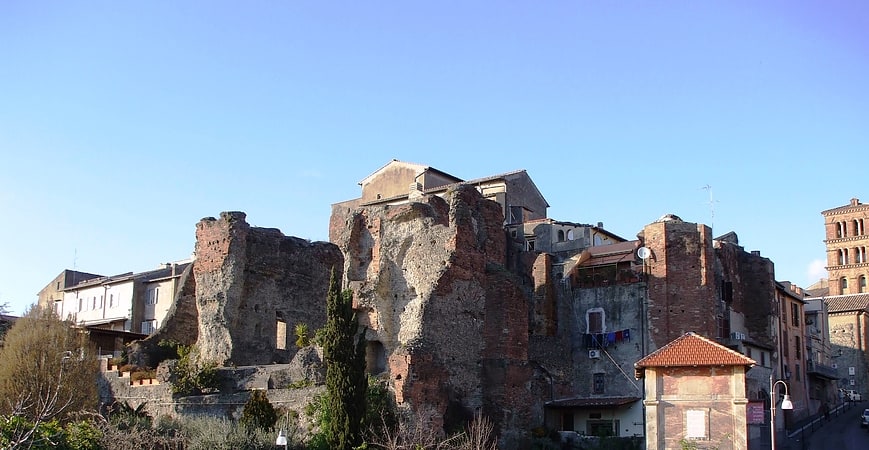
The Baths of Caracalla are a Roman baths facility of the imperial age in the center of Albano Laziale, in the municipality of the same name, in the province of Rome, Lazio. The baths were probably built by the emperor Caracalla as a function of the nearby Castra Albana of the Legio II Parthica: in fact, the posteriority of the work with respect to the castra, and the anteriority with respect to another great work related to the castra, the Roman amphitheater of Albano Laziale, is established.
Piazza Giosuè Carducci
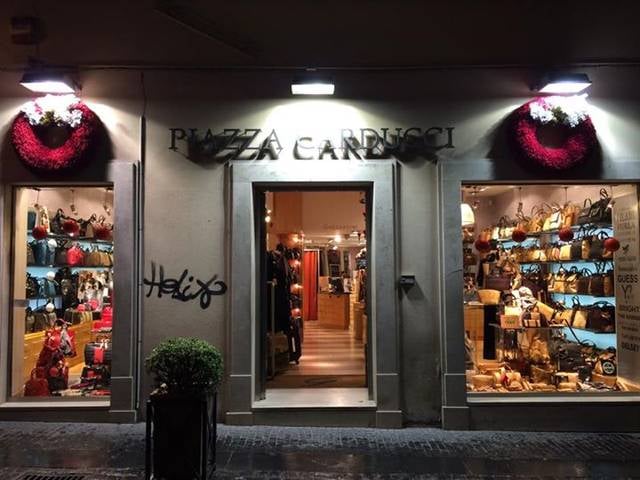
Square
Address: Via Alcide De Gasperi, 47, Albano Laziale
Anfiteatro Romano Albano Laziale

The Roman amphitheater of Albano Laziale is a Roman amphitheater located in the center of Albano Laziale, in the municipality of the same name, in the province of Rome, Lazio.
The amphitheater was built in function of the nearby Castra Albana, the camp of the Legio II Parthica founded by Emperor Septimius Severus (193-211): however, the dating of the amphitheater is later than that of the castra, and can be placed around the mid-3rd century. The capacity of the facility, whose maximum length was 113 meters, ranged between 15,000 and 16,000 people.